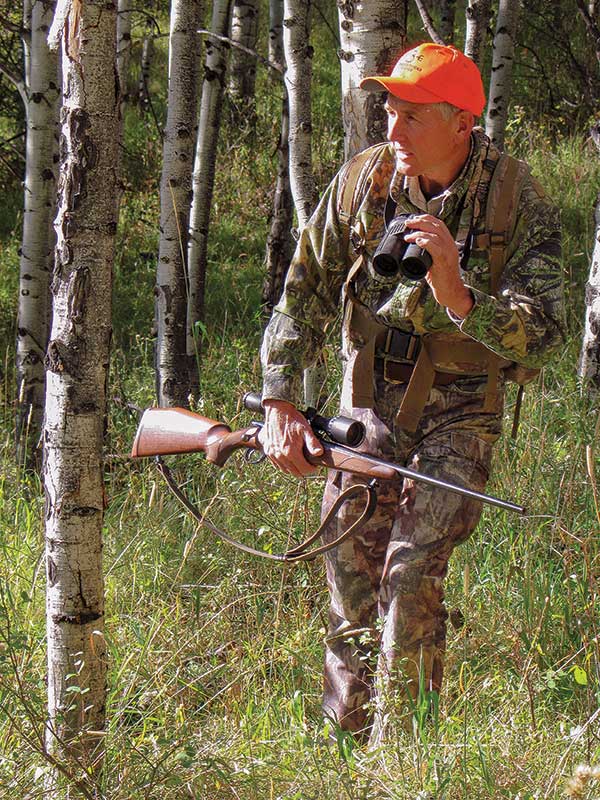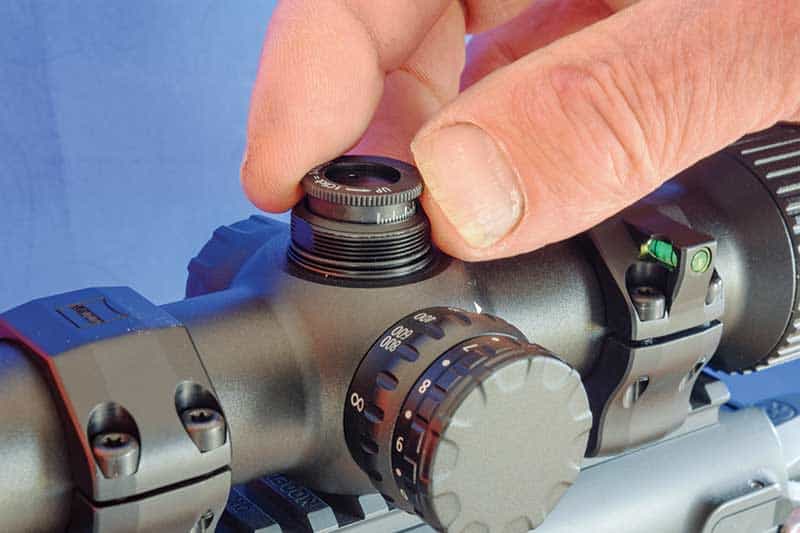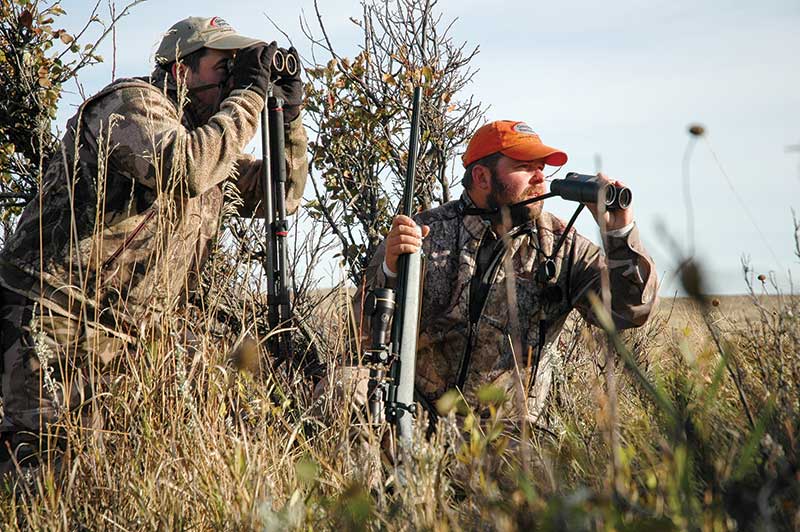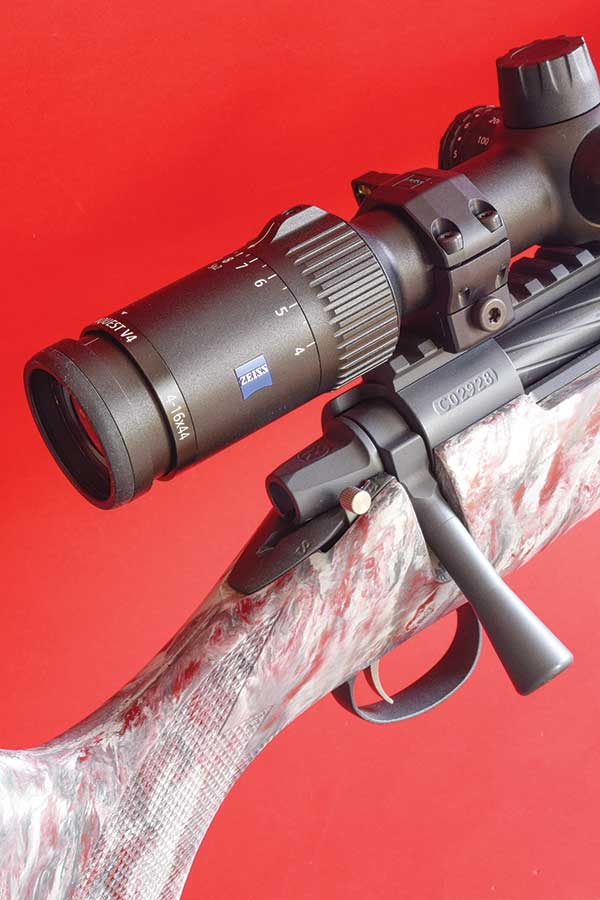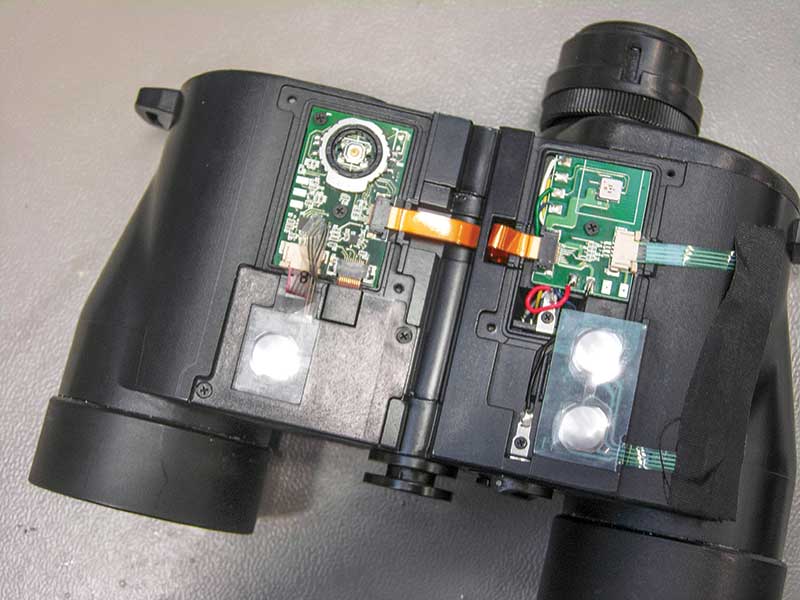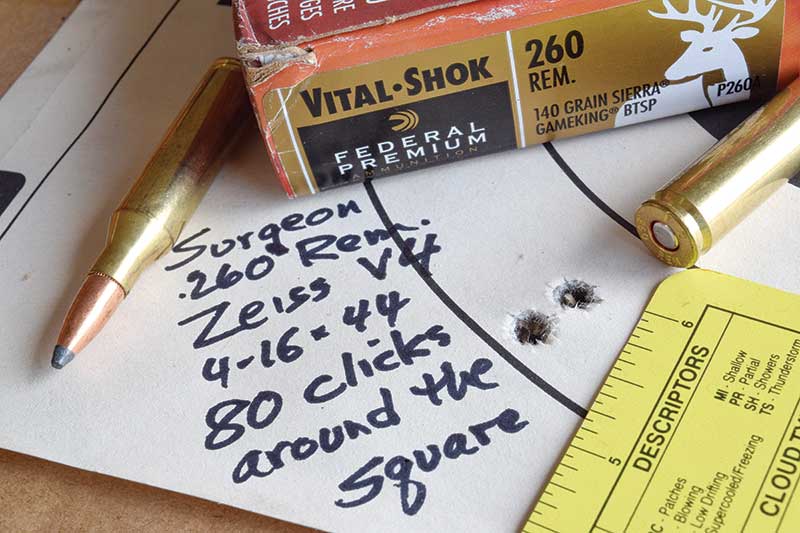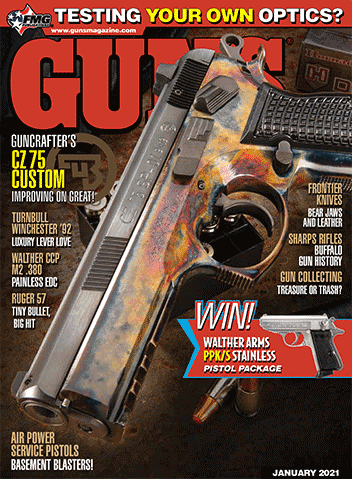Rate Your Own Optics
Field testing: Trust and Verify? Or Just Trust?
The view was instantly brighter, details sharper. In hand, it was lighter than any binocular I’d yet carried afield. And it was less expensive! A field test came to mind…
But, to use a product well — certainly to test it intelligently — you must know something about it. So began my slow journey down the path to optical literacy.
Glass 101
Years ago, optical engineer Bill Perkins at Bausch & Lomb explained crown glass to me in “plain” words. “A specific range of refractive and dispersion values defines crown glass — Kron in German. Hence the letter K in BK 7 and BaK 4. You can tell which is used in a binocular’s prism by looking into it from the front. If the exit pupil appears round, it’s BaK 4 glass; if it’s square, it’s BK 7. Advertisers want you to think BaK 4 is special. It’s really just a barium-silicate glass. It can cost a little more than BK 7; but the ‘best’ glass depends on application. For some purposes, BK 7 is better.”
Then there’s flint glass, typically heavier and more brittle than crown glass and thus ill-suited to exposed lenses. “But as the second half of a doublet or achromat lens,” said Dr. Walter Mergen of Zeiss, “flint, with as much as 70% lead oxide, corrects for aberrations. Crown and flint glass cooperate to deliver the best image.”
Engineers test not only for the action of optical glass on light, but for other lens properties. “We measure elasticity, thermal expansion and conductivity, stain and moisture resistance, the effects of acids,” Mergen said. Even water vapor can cloud a lens, he told me, “condensing, it can draw alkali ions that form a solution, which erodes the silica gel layer of the polished surface.”
This polished surface can be spherical or aspherical (center curvature differing from the periphery). “Aspherical internal lenses can produce sharper resolution, a flatter and sometimes even a wider field than spherical,” said B&L’s Bill Cross. “In some rifle scopes, these lenses are plastic, which can be molded to shape inexpensively.” Forrest Babcock at Leupold & Stevens explained an objective lens can account for a quarter of the manufacturing cost of a rifle scope. “So expensive aspherical lenses are typically used only inside, where lenses are both small and protected.”
Also costly, Forrest added, is ED glass. “Extra-low-dispersion glass is often joined with a doublet to form a triplet or apochromatic lens. A 6″ blank of ED glass costs about $5,000, or 170 to 200 times as much as a blank of ordinary crown or flint glass. Installing it in a big objective bumps scope price beyond what many shooters want to pay.”
Huh?
About then it occurred to me I was unqualified to report on optical instruments of any kind, and “field tests” aren’t really tests at all. Like proof-firing of rifles and track trials for automobiles, the testing that really mattered was extraordinarily severe and conducted before product release, done by people equipped to destroy the unfortunate specimens chosen for sacrifice.
Glass hardness, for example, is gauged by pushing a diamond point into the surface and measuring the damage. This test, however, tells nothing about abrasion resistance, which is measured by putting a grinder to the lens under controlled pressure for a specific time. Ouch!
So What Does This Mean?
Generally, a competitive market guards against easily-broken optics or those delivering poor images. These days you get bright, crisp views even from entry-level binos and rifle-scopes. Off-center reticles are decades in the past. Mechanical failure and fogging get no mercy now.
You get a lot for your money in mid-priced, plain-Jane optics from companies with reputations worth protecting. The high standards of revered brands mandate considerable quality control measures and surprising rejection rates. Even the least expensive optics from a celebrated name must reflect well on it.
Once, for a spur-of-the-moment hunt far from home, I bought a rifle scope at the nearest Walmart. It was the least costly in Leupold’s stable. I stuck it on a Marlin lever rifle, zeroed it and from the bonnet of a pickup sent three soft-points into a 5/8″ group. “Shootin’ above yer pay grade, aren’t you, Bub?” drawled my partner. “Shucks, no,” I deadpanned. “Y’oughta see what I do with a good outfit.”
My working-man’s Marlin and its $100 Leupold still deliver accuracy beyond my ability to test under hunting conditions.
The Bottom Line
Which leads us to reviews of optics. Seldom are writers permitted to destroy an optic, or push a diamond into glass to get the “Knoop reading.” Nor are they equipped to check company claims of superiority. If told they get “98% light transmission,” they’re expected to repeat the number. How do they know the actual figure isn’t 89%? The writers don’t. Over a cool mug of Bavarian amber, a fellow who’d spent years assembling optics told me 90% transmission is ver’ goot and 94% is hard to top. “But who cares the number?”
Indeed. Don’t believe all you read — but don’t dismiss it all as horse apples either! Features, specifications and prices in reviews help narrow your search for a binocular or rifle scope.
DIY Testing
As to optical performance, you can verify some claims yourself: magnification, field of view, eye relief. You can calculate exit pupil (objective diameter in mm/magnification) and relative brightness (EP squared). Your eyes will tell you if binocular barrels are out of collimation.
You can overnight an optic in your freezer, then extract the poor, shivering thing to check fog-proofing. You can sprinkle a lens to see water slip on its hydrophobic coating. You can “shoot around the square” to determine click values and repeatability of scope dials. (Fire a group, come 20 clicks up, 20 clicks right, 20 clicks down and finally 20 clicks left, firing at each stop. Ideally, the last group lands atop the first.)
But you can’t put a number on light transmission or assess glass composition or predict an optic’s durability. Your eyes are the final arbiter and brand reputation backs up your choice.
Check Your Resolve
Resolution tops any list of optical qualities. While you can’t gauge it as precisely as do aproned crews in head-nets and slippers tending million-dollar comparators in clean-rooms — it is clear to the eye. So too distortion and parallax error. Check ’em in natural light — just outside the door is fine — where you can look for detail through brilliance and deep shade, and with the sun at a low angle. Look at fences or billboards as you move the optic. Do lines stay straight as they ease from the field? Move your eye slowly off-axis behind a rifle scope so a clamshell of darkness intrudes. Does the reticle shift on the target?
A resolution testing image, like the 1951 U.S. Air Force Resolution Test Chart or one your optometrist uses, helps you compare one optic with another. My friend Bill McRae used this procedure: Tacking a grid outdoors at appropriate distance for the magnification, he viewed it at dusk, noting on the clock when he could no longer tell the direction of the bars. The brightest, sharpest optics yielded the latest times.
A Surprise
Bill also pointed out even an empty aperture or tunnel can brighten images. To show me, he spray-painted two toilet paper spools black inside, then taped them together parallel, a middle block spacing the tubes for a binocular-like feel.
The view was instantly brighter, details sharper. In hand, it was lighter than any binocular I’d yet carried afield — and it was less expensive! A field test came to mind…
